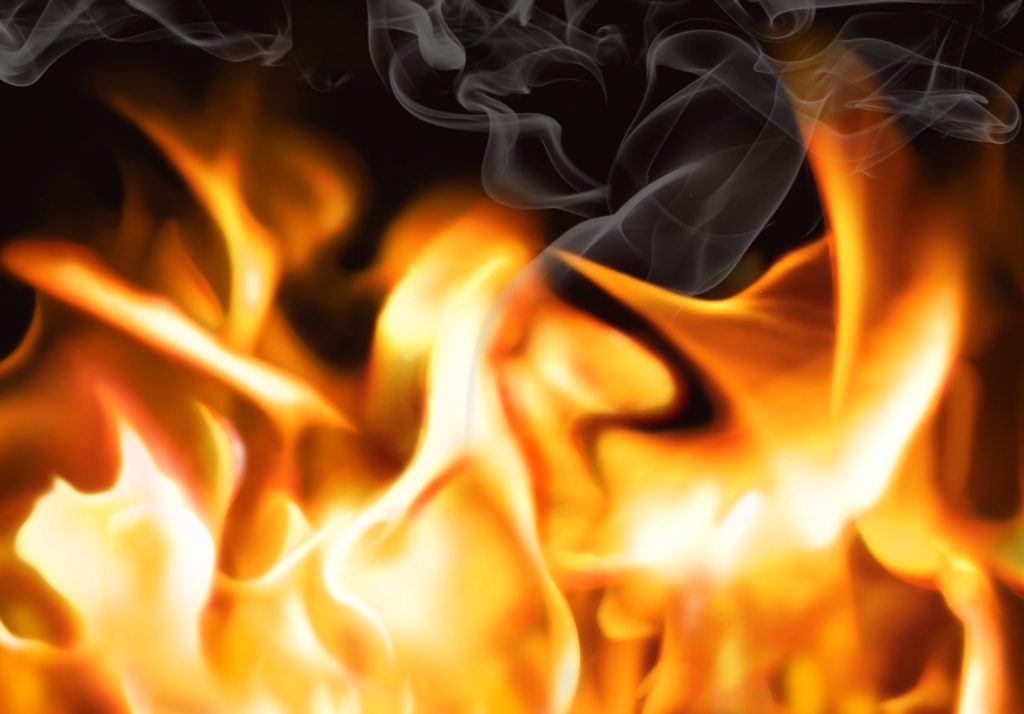Should a fire develop, smoke and flames can rapidly travel through a building’s ductwork. The key to preventing this is fire dampers. These are devices that help prevent the spread of fire and smoke throughout a building’s HVAC system and other ductwork, protecting both people and property.
Fire dampers ensure people within the building have time to evacuate safely and that fire is contained. They can be the difference between a small, contained fire that can rapidly be brought under control and one that spreads unchecked threatening life and property.
There are two principal types of fire damper each of which is more suitable for different installations. Here we’ll take a look at each type, how they differ and which may be the most suitable for building.
What are static fire dampers?
Static fire dampers are the simpler of the two types. These dampers consist of a sheet of metal that blocks off a section of a duct in the event of a fire. They are typically installed in the ductwork and are designed to be fail-safe, meaning that they will automatically close in the event of a power outage or other failure.
Static fire dampers are often the preferred choice for buildings with simple HVAC systems, where there is no variable air volume (VAV) systems in place. Because static fire dampers do not have any moving parts, they are generally less expensive than dynamic fire dampers.
What are dynamic Fire dampers?
Dynamic fire dampers are a more advanced type of fire damper that is specifically designed for use in VAV systems. These dampers have a motorised mechanism that can adjust the airflow through the damper based on signals from the building’s fire alarm system.
The principal advantage of dynamic fire dampers compared to static dampers is that they can be integrated into the building’s HVAC control system. This can allow for more precise control over the airflow in the event of a fire. They provide effective prevention of smoke and fire spreading throughout the building and may help to reduce the damage to the building’s HVAC system.
Because of the additional control systems and mechanisms involved, dynamic fire dampers will usually be more expensive than static dampers.
Which is the best kind of fire damper for my building?
If you have a simple HVAC system with no VAV components, a static fire damper may be the most appropriate choice. On the other hand, if you have a more complex system with VAV components, a dynamic fire damper may be necessary to ensure proper airflow control in the event of a fire.
It’s also important to consider the cost and maintenance requirements of each type of damper. Dynamic fire dampers are more expensive and require more maintenance but may be necessary for larger or more complex buildings.
Ensuring your fire dampers don’t let you down
Regular testing of fire dampers is essential to ensure that they can be relied upon to protect you when you need them.
ECS provides a complete fire damper, or smoke damper, compliance service to ensure that your fire dampers are safe and effective.
Call 01535 600688 or email info@ecs-commissioning.co.uk to find out more about our fire damper testing service.

